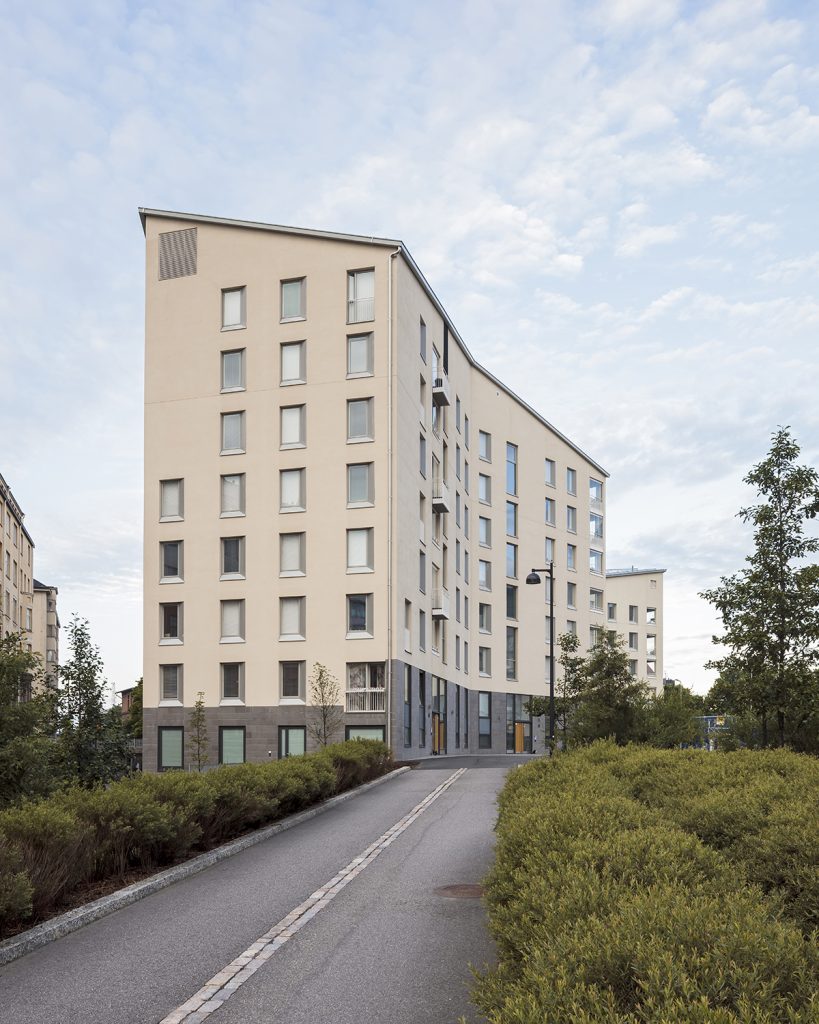Architecture amidst pandemic

Spring 2020 has shown in an unprecedented way the importance of society's ability to function. During the state of emergency, we highlight the social and health service buildings, published in Finnish Architecture Navigator, which remind of the vital work taking place within these walls.
The coronavirus pandemic has globally changed the way we live. Many follow the updating statistics daily: where the infections are spreading, where the intensive care is needed the most and whether glimpses of hope can be seen when the emergency measures stop the chains of infection. “Flatten the curve” has become a slogan that describes the actions taken to control the increase of virus infections, which are often displayed in diagrams.
States with secure public health services and a structurally functioning society are more likely to cope with the virus-induced situation with less loss. In the fight against pandemic social equality is a crucial strategy. So far, one of the brightest examples in dealing with the crisis has been Germany, where the healthcare system is one of the most efficient and comprehensive on a European scale. The country has managed to keep the “curve” of severe corona cases moderate and even provided intensive care assistance, for instance, to Italy where the pandemic has caused the most losses to date in Europe.

In Finland, at the end of March, the state administration took historic measures to slow down the spread of the virus. A crisis legislation was introduced that interfered with individuals’ freedom in a way not experienced since the last wars. The measures imposed by the government also require citizens to take active responsibility for themselves and other people. During the state of emergency, there have been gratifying solidarity phenomena that are effectively spreading through social media. Neighbourly help has emerged to aid at-risk groups and and small businesses are receiving support through various campaigns. Many musicians have delighted the quarantined and self-isolated residents with video concerts.
Finnish social system is often associated with other Nordic countries. The Nordic welfare state as a social system is based on secure public social and health services which, together with compulsory basic comprehensive education forms the pillars of the welfare state.
The Nordic model has been considered one of the most successful equality projects in world history. In our built environment, it manifests itself as a network of hospitals, health centres, schools and kindergartens. In these exceptional circumstances, the measures that restrict individuals have been closely linked to public services. In addition to hospitals, significant work to ensure social stability is done in retirement homes, schools, daycare centres and homes of families with children.
During the state of emergency, we share on our social media channels the architectural pillars of the welfare state, published in Finnish Architecture Navigator, which remind of the vital work taking place within these walls. The oldest of the sites were built when the welfare state was not yet known as a system. The latest projects have been completed in the very last few years.
Welfare architecture works can be found on navi.finnisharchitecture.fi under the tag welfare. Explore the works through this link.


